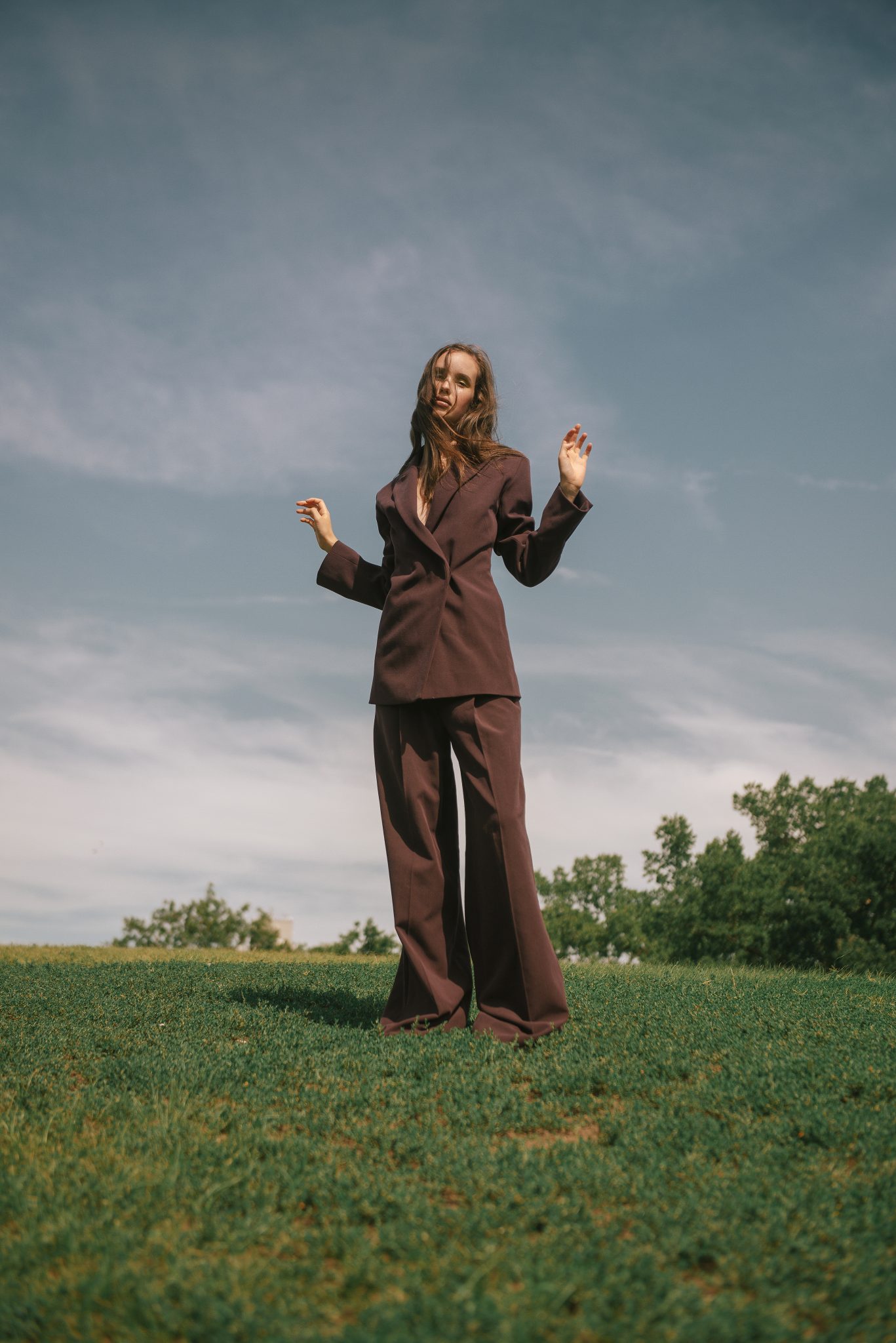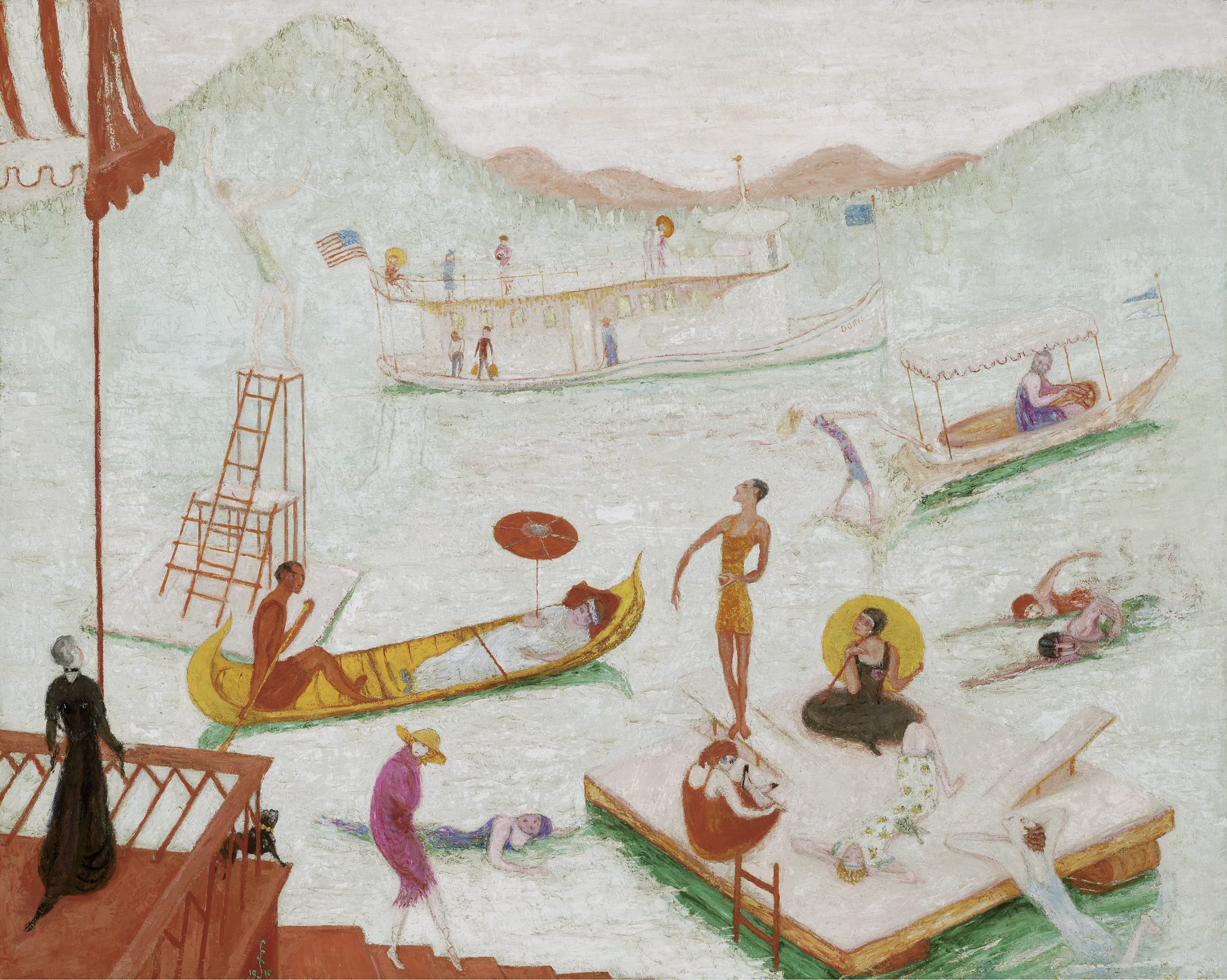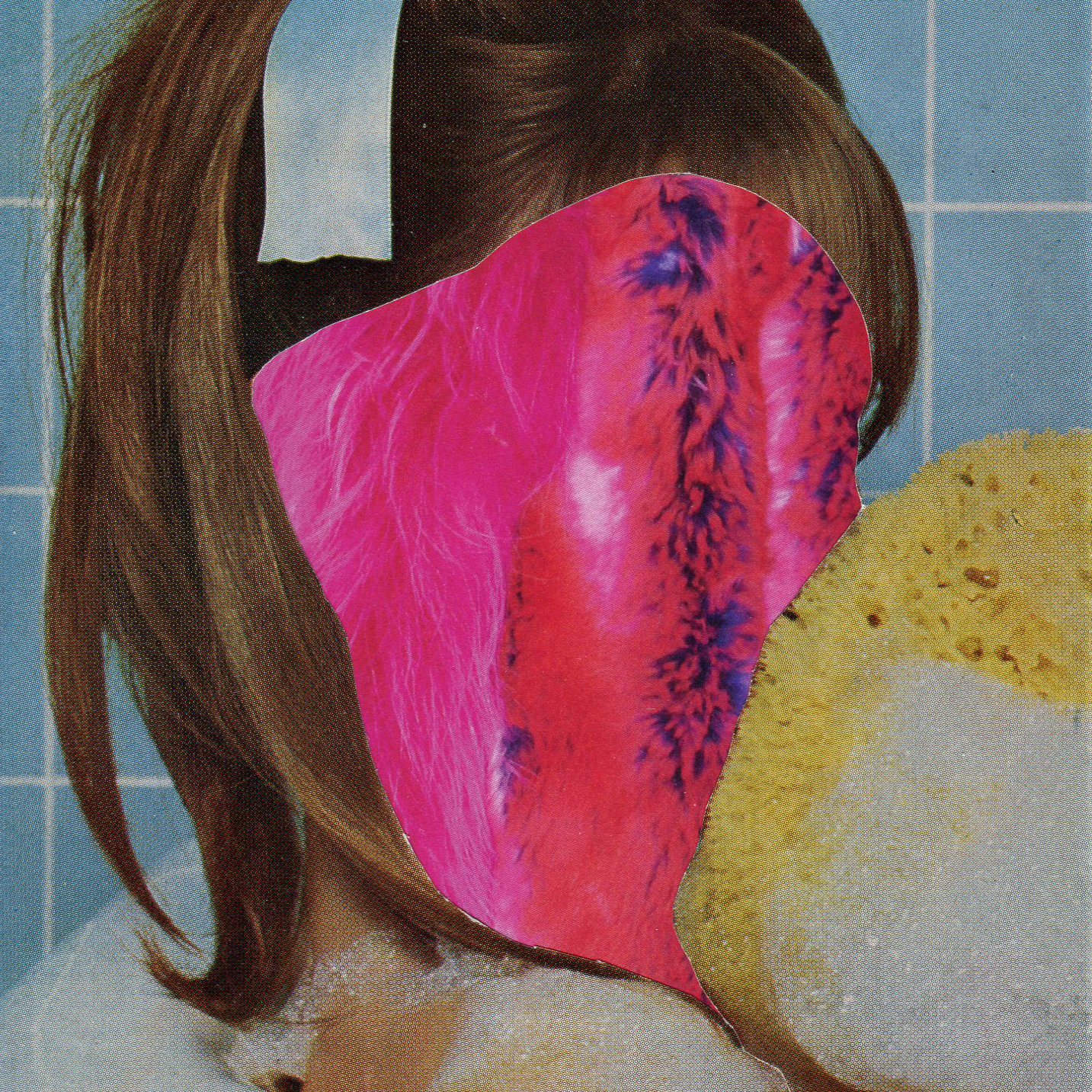
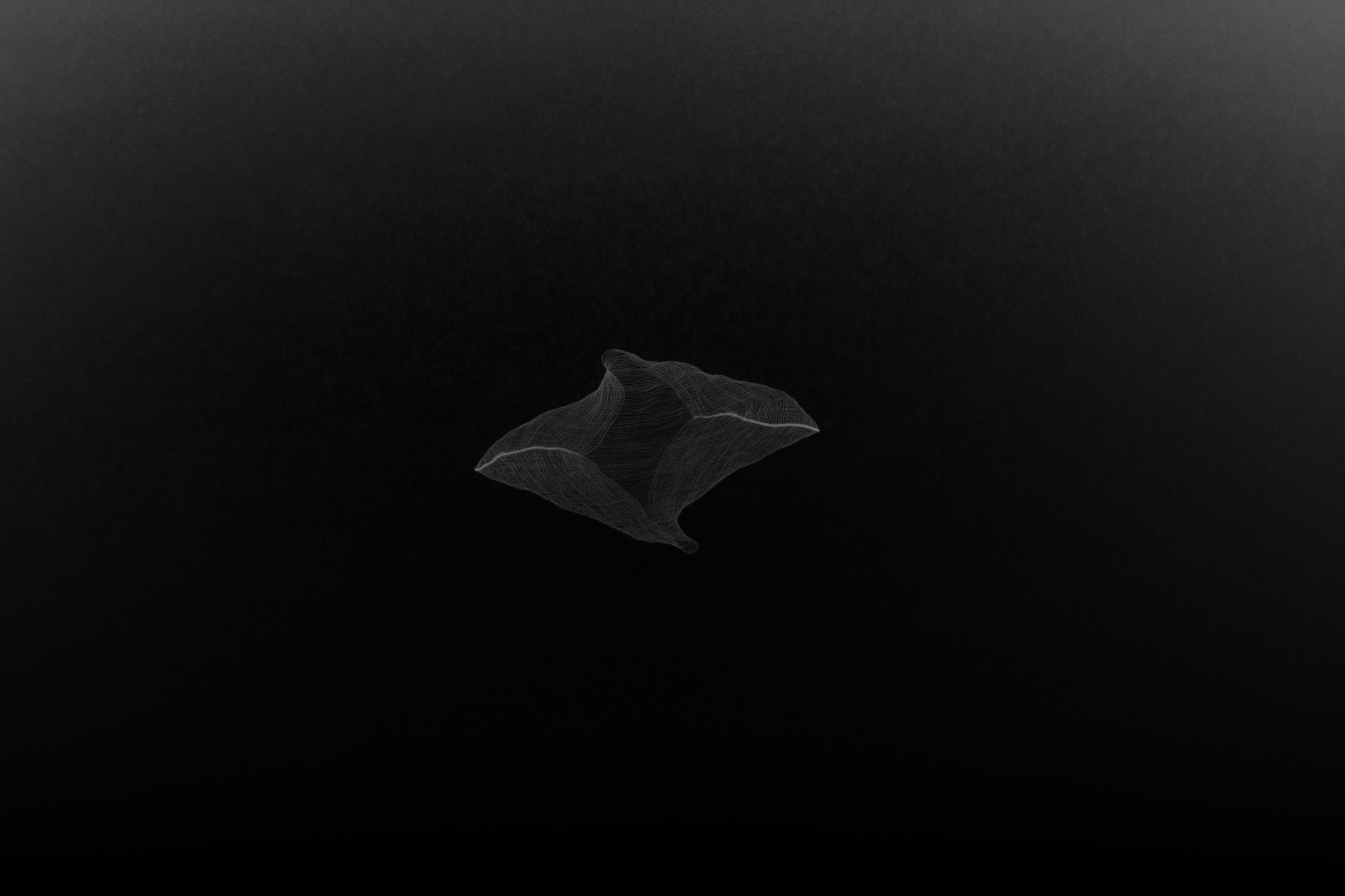
With an absolute fascination for the universe, Pak-Keung Wan’s immersive drawings involve complex and intricate forms that resemble the back end of a virtual reality game. Jungle Magazine talks to the artist about the sensual aspects of drawing, the notion of space as a main theme in his practice and most importantly, how space and the universe have influenced Wan’s latest body of work Lune, a series of 1133 drawings that illustrate the shadow created on the earth during the last 1133 Solar Eclipses documented by NASA in a publication that details every solar eclipse over a 5000 year period.
During a solar eclipse, the moon casts a shadow onto Earth. We can’t see this shadow because we are under it. How does it feel to be depicting the bigger picture? Is it something you consider in your drawings?
Lune is the umbrella title for a series of work that began with drawing and went onto encompass photography, animation and performance. What is surveyed at arms length through drawing has now become expanded employing technologies both archaic and in the digital realm, and with private and public spaces. These ways of seeing play a part in how I think through the work and are analogous with the form of the solar eclipse. In my drawing I experience extended periods of intense focus where it becomes about dealing with what is happening right before me… the form of the solar eclipse is a metaphor for something I’ve yet to fully comprehend, and it continues to yield different trajectories for me to explore both visually and through performance.

How does this body of work connect to the In Papyro series?
The In Papyro series was created during the time when my wife and I were trying to conceive. These drawings were like visual spells, where the act of creating these forms was an attempt to influence another body to grow. I have come to see the act of drawing Lune as some kind of prosthetic for a paternal activity, its continuity as an act of reproduction.
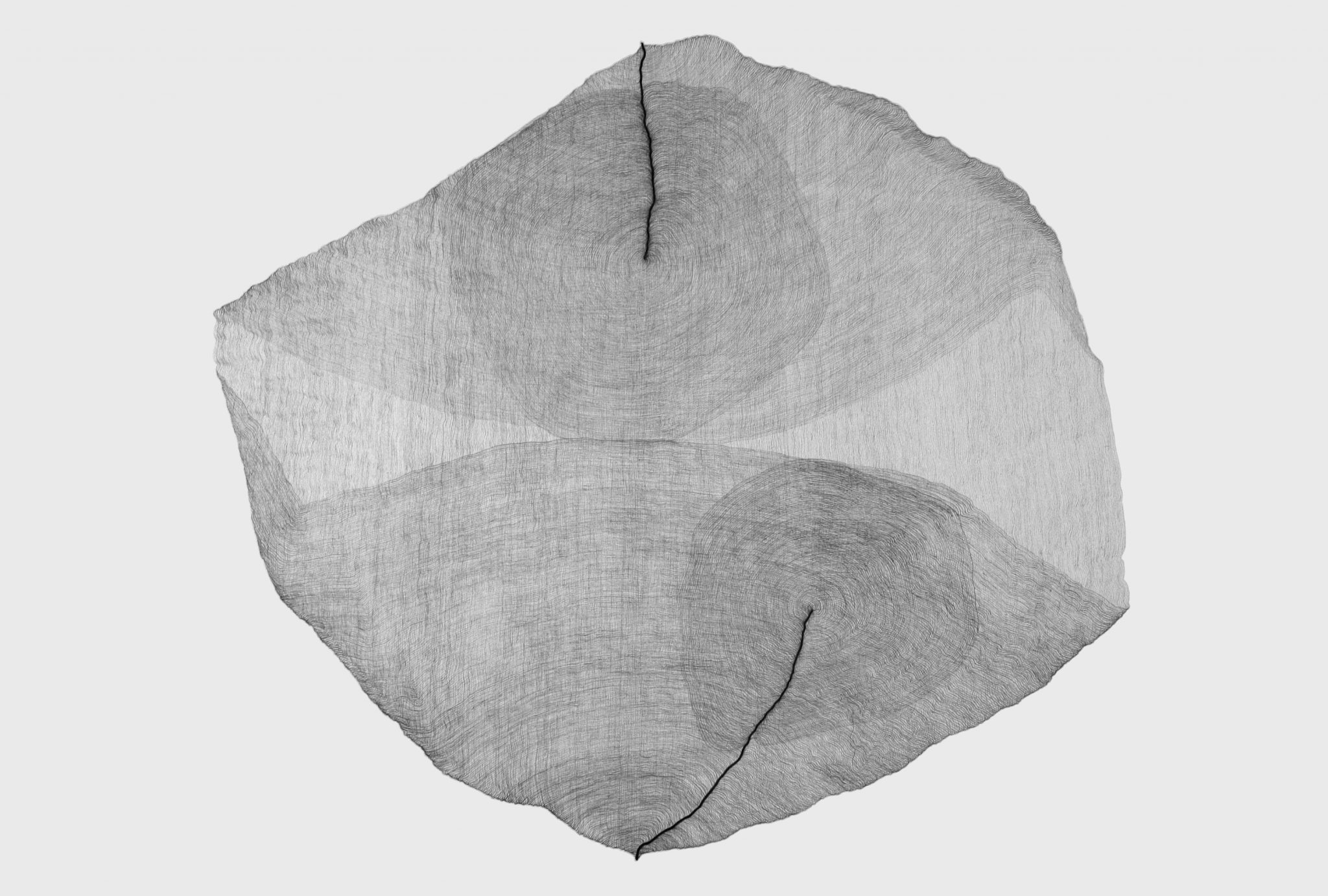
I read that you have a rule when you draw where the works must consist of a single pencil line and when this line extends it returns to its beginning point before extending out again. Tell me more about your decision to follow this process.
The rule grew out from analysing doodles I used to make. This way of drawing, by connecting two points, resonates with the central theme inherent to the In Papyro series, where these lines can be thought of umbilical. There was this invisible link between what was being formed within the empty space of the paper and the life-forming cavity within a human body. The title for my most recent show also touches upon this state of affairs – on why some things form and other things don’t.
My sympathy towards employing rules perhaps extends back to my study of Printmaking where you have to work within parameters or constraints. I have never seen myself as an image maker so finding out how these substances and materials behaved and interacted was what fascinated me most, but also how to escape these limitations yet still be understood within the language of print.
As your artistic production spans over different mediums, tell me about the significance of drawing in your practice.
Drawing is practiced by humans in general and not just by artists; to draw is something innate within us. Drawing also animates the body and can be felt when I feel myself being drawn to, drawn by. There is this sensual aspect to the act of drawing, like a caress, akin to touch. As a consistent throughout my practice I have come to see drawing as a kind of behaviour and a form through which I live and engage with the world.
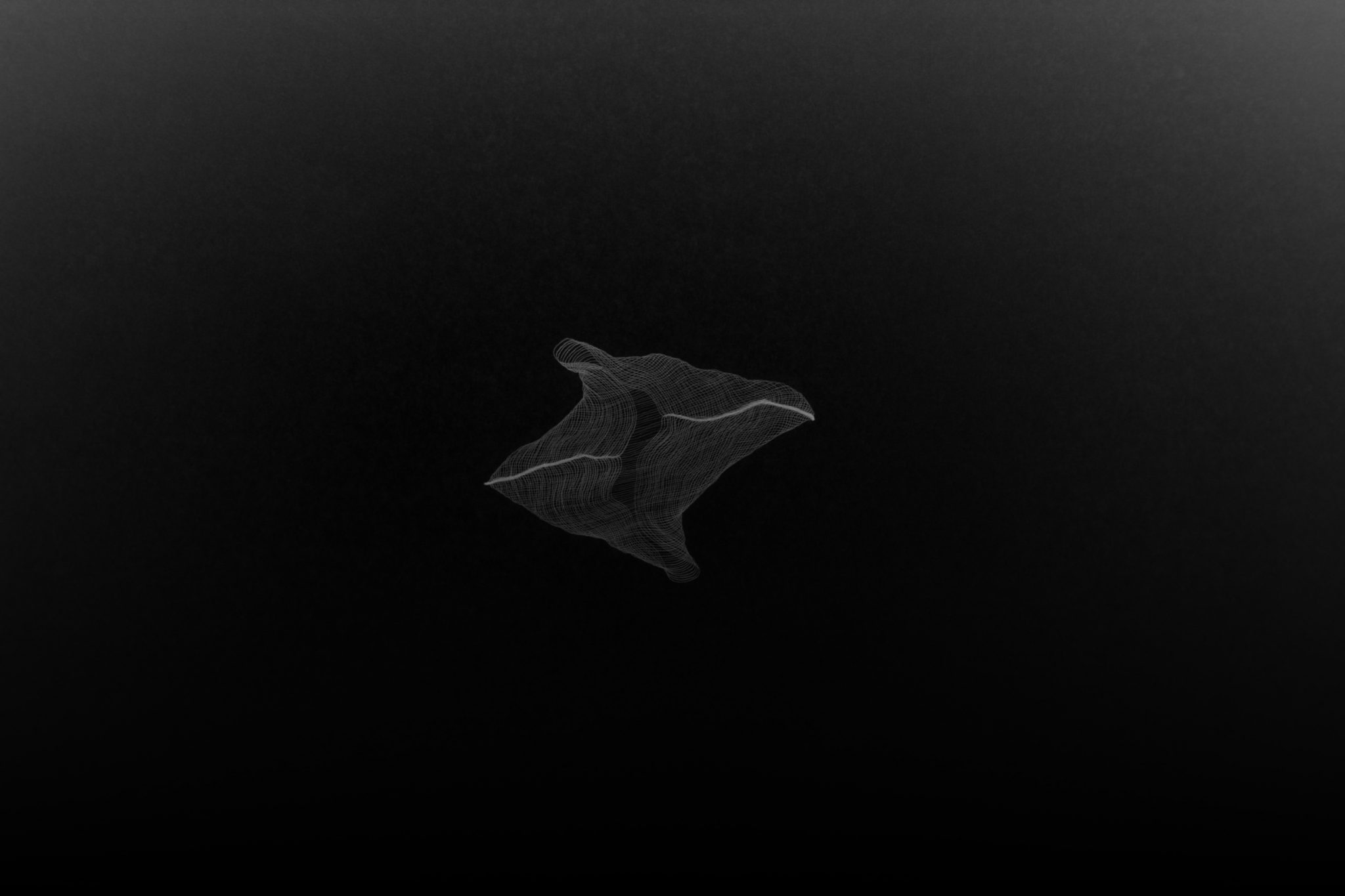
How do (un?)inhabited spaces such as the universe influence your creative thinking? What draws you to space?
In order to inhabit space, we would have to exist as something other. The notion of bodily or material states interests me. People have described my work as being a metaphor for (my) spirit; this quality is often present in the materials I engage with, for example the use of breath to condensate and metal’s evaporative nature. My practice embodies the idea of relinquishing the human form, reflecting on bodily change and being conscious while doing it. So much of the Earth’s environment is being modelled and transformed to satisfy human needs and desires ignoring the that fact that this is a shared place and I find it claustrophobic and suffocating. Observing, reading and thinking about Space often provides me with an antidote and release from that.
Finally, tell us, what are you working on at the moment?
Lately, I’ve spent 3 months sanding the images of a Vogue magazine with the residue being formed to resemble a miniature lunar-like landscape. A single human kidney stone sits rock-like within this barren terrain. Titled Adrift on the Sea of Fertility, this work is currently being shown at the 3rd Global Print 2017, an international exhibition of contemporary printmaking held over several cultural sites in the Douro region of Portugal.
See more of Pak-Keung Wan’s work here
Words: Marta Garcia de Faria
Editor: Emma Bourne
